Regardless of whether you are inside a building, or out in the streets in Portugal, you cannot miss the decorative ceramics tiles that are everywhere. The most traditional ones are the blue and white ones. However, nowadays there are many different colours and patterns. The beautiful tiles are called Azulejo.
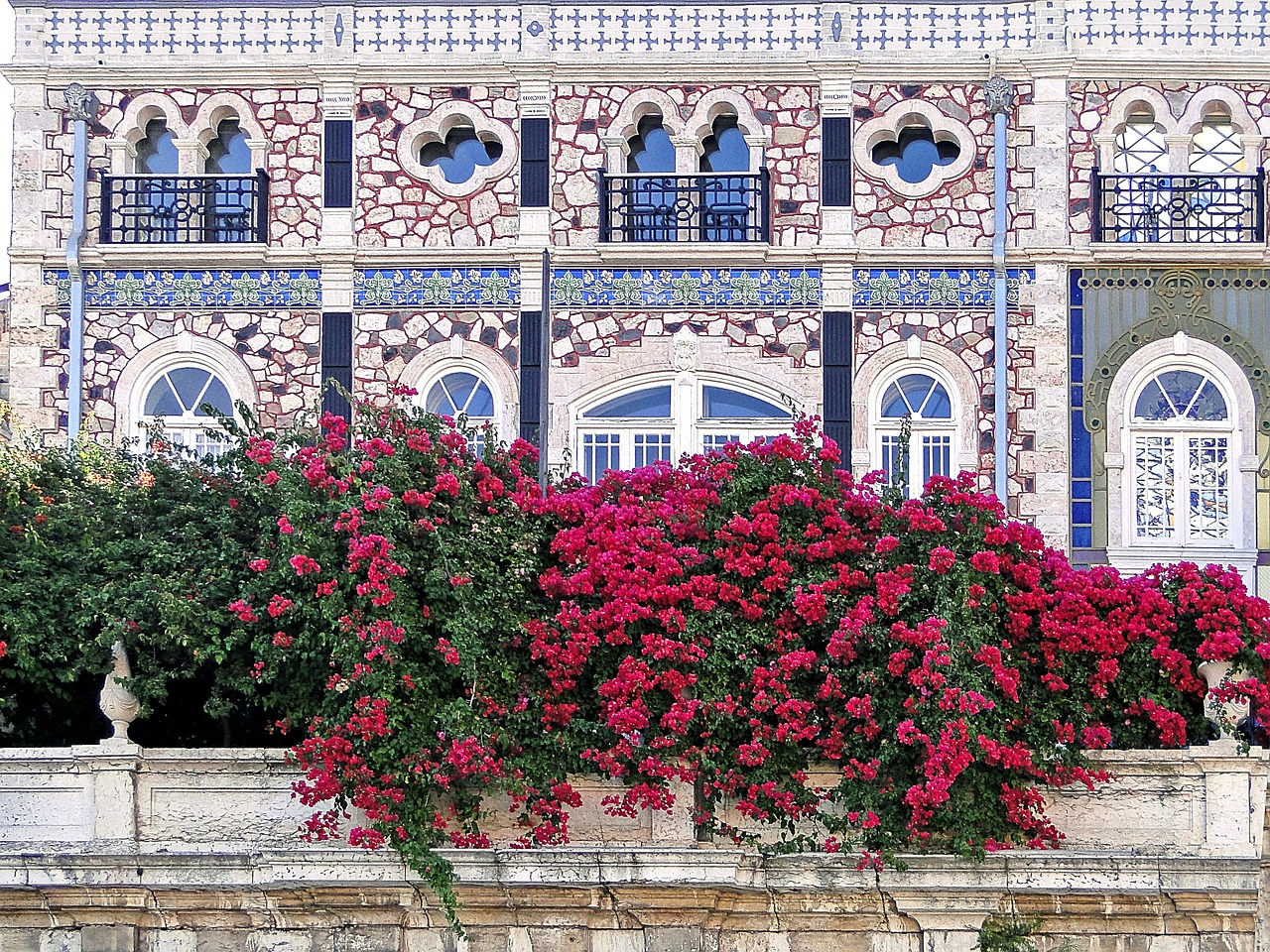
The tiles were introduced to the Iberian Peninsula by the Moors in the 13th century. The word Azulejo is thought to have come from the Arabic word “al-zulaich”. The meaning is a “small polished stone”. Originally, the tiles were small mosaics cut with pliers and mounted onto larger pieces of single-coloured glazed clay.
To begin with, the azulejo was being manufactured to decorate specific prominent historical buildings. Since then, its use has become so widespread it is now difficult to find a historical building (or any building for that matter) not decorated with azulejo tiles.
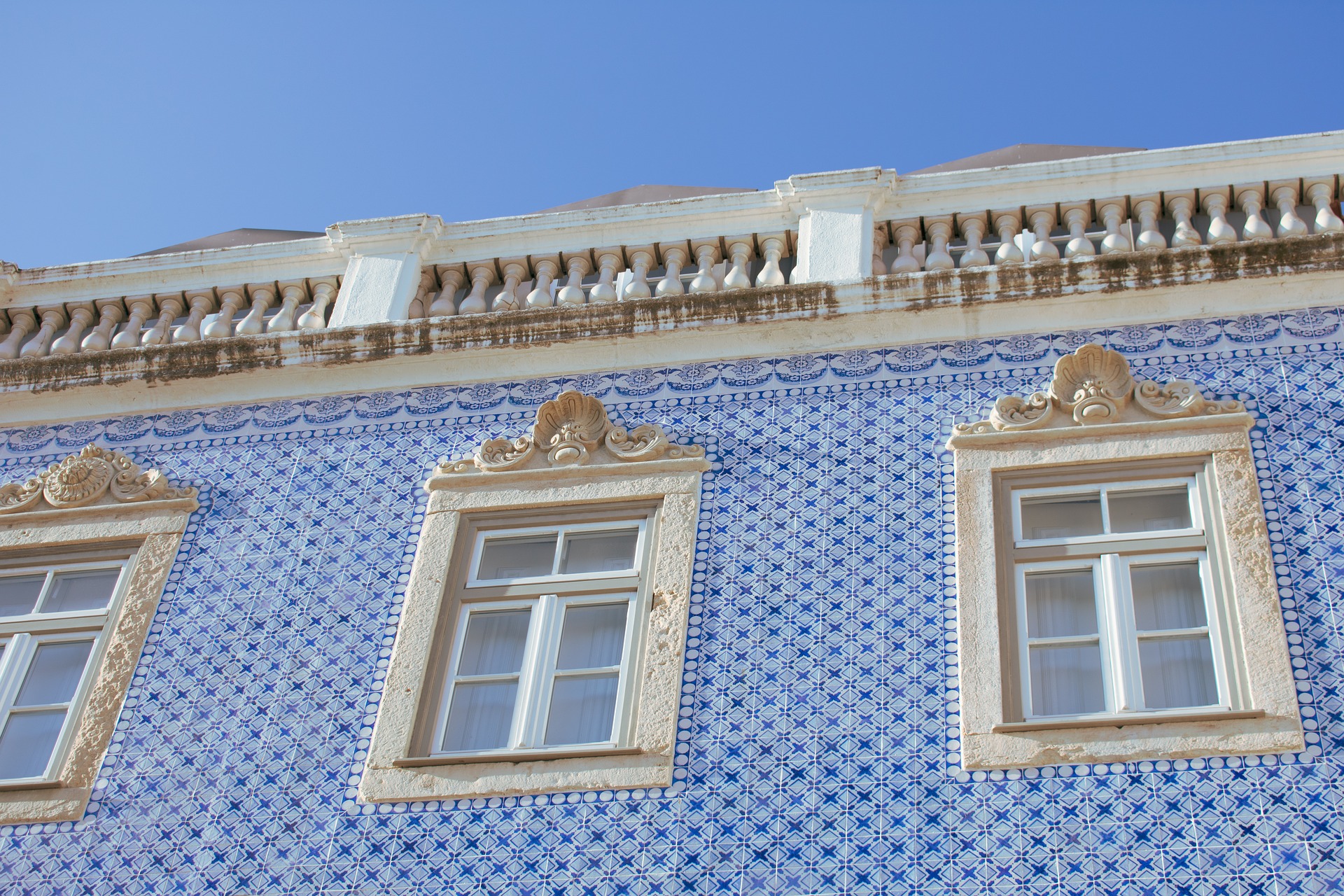
Today, you will find the tiles decorating both interior and exterior walls on castles and churches. But also walls in regular homes and commercial facilities will be decorated with the tiles. The custom of using tiles as decoration came from the Arab part of the world to Spain and from there to Portugal who has made the custom one of its signature marks. Around the beginning of the 1600s, the Portuguese imported the Spanish-Moorish tiles from the Spanish town of Seville.
In the second half of the sixteenth century, ceramists from Flanders came to Portugal and with them, proper production started.
Patterned Azulejos
Once the ceramic tiles became a trend in Portugal, the commissioning of great single compositions bespoke to each building became very expensive. A more affordable choice was to use patterned tiles and repeat those. But even using them, the process was slow and complex. Especially when wanting to create decorative meshes on the walls led to expensive work. This, in turn, led to its gradual decline in use.
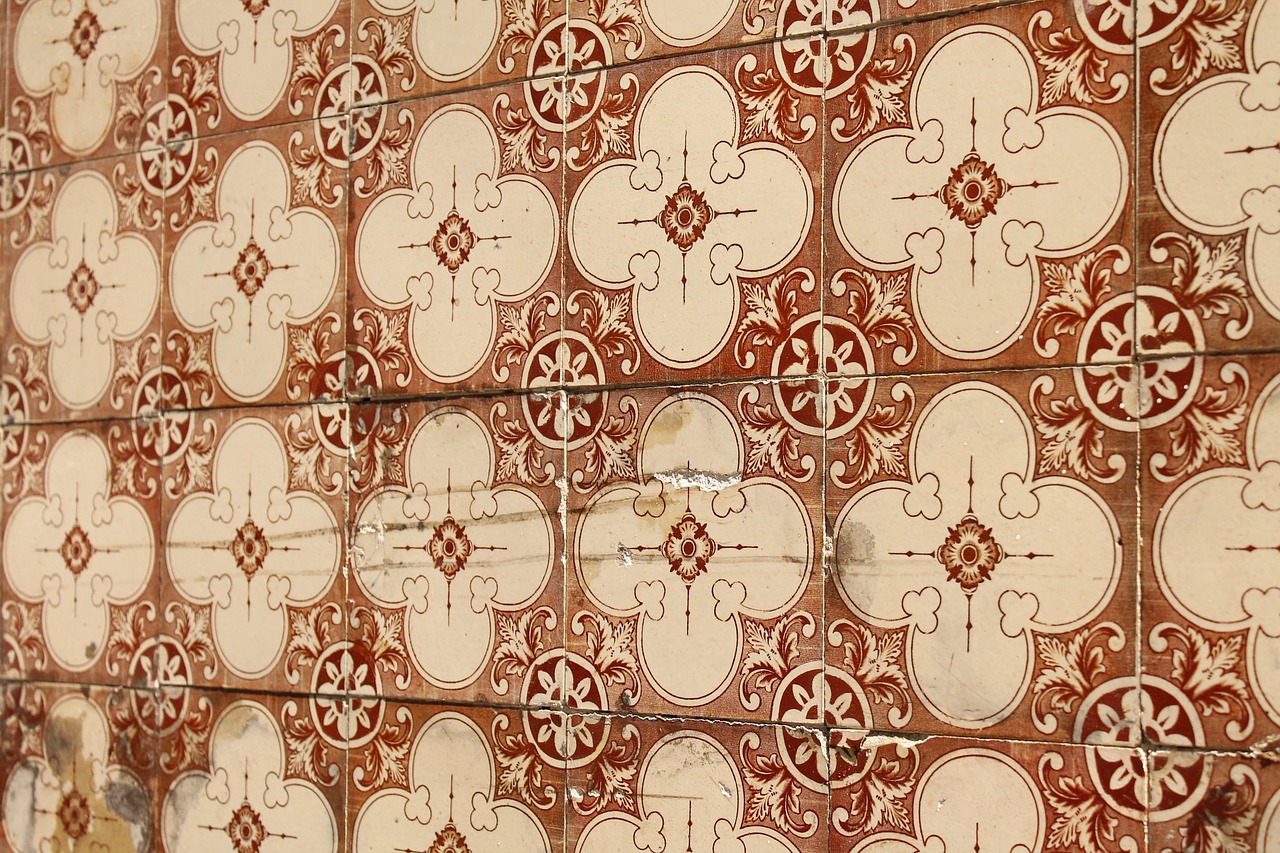
To make it even more affordable, they started to produce patterned Azulejos in large quantities that were simple to apply in easy to lay modules. This created prominent diagonal patterns.
For the more important historical buildings, religious or stately buildings figurative tiles were commissioned. Hunting, war, religious, satirical etc scenes were transposed onto tiles. They were then interpreted in free colour by craftsmen. The scenes were applied to large surfaces or, on a smaller scale, replacing the oil painting of the European tradition. Consequently, the tile gained an increasing status in Portuguese architecture.
The Masters Cycle
In the 18th century, Masters from the Netherlands were commissioned. They brought in baroque aesthetics at the height of production referred to as the “Masters Cycle.”
At the beginning of the eighteenth century, the azulejo painters had progressed in their status, becoming renowned artists and often signing their panels.
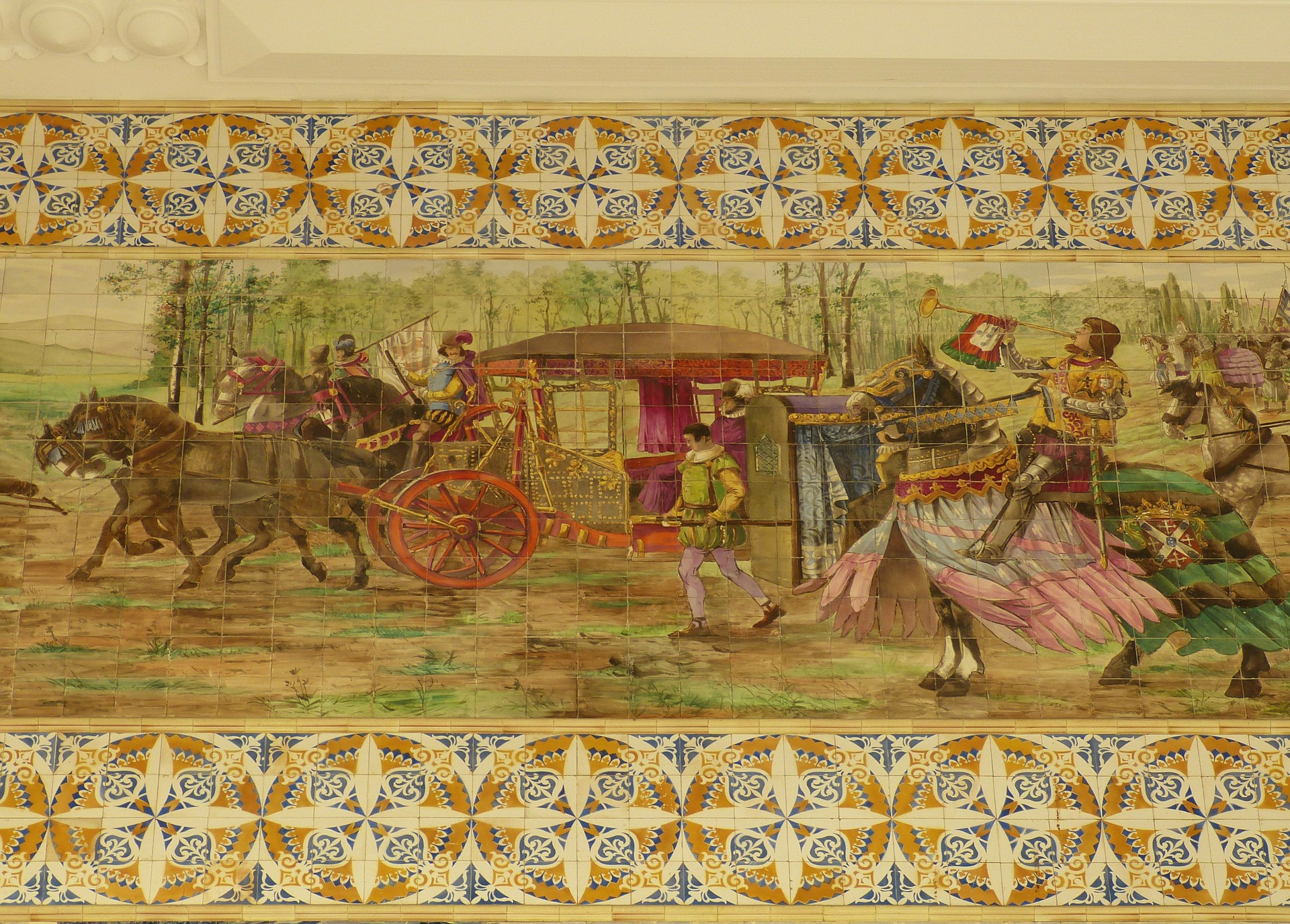
The Spanish artist Gabriel del Barco, who worked in Portugal in the late seventeenth century, introduced a taste for the most exuberant decorative wrapping, and a painting freed from the rigorous sketch drawings. He was the artist leading this movement in many ways.
The innovations made room to other artists. A golden period in the history of the Portuguese azulejos (the Masters Cycle) was initiated.
The azulejo façades
In the second half of the nineteenth century, the more affordable pattern azulejo covered thousands of façades, produced by factories based in Lisbon, Oporto, and Gaia.
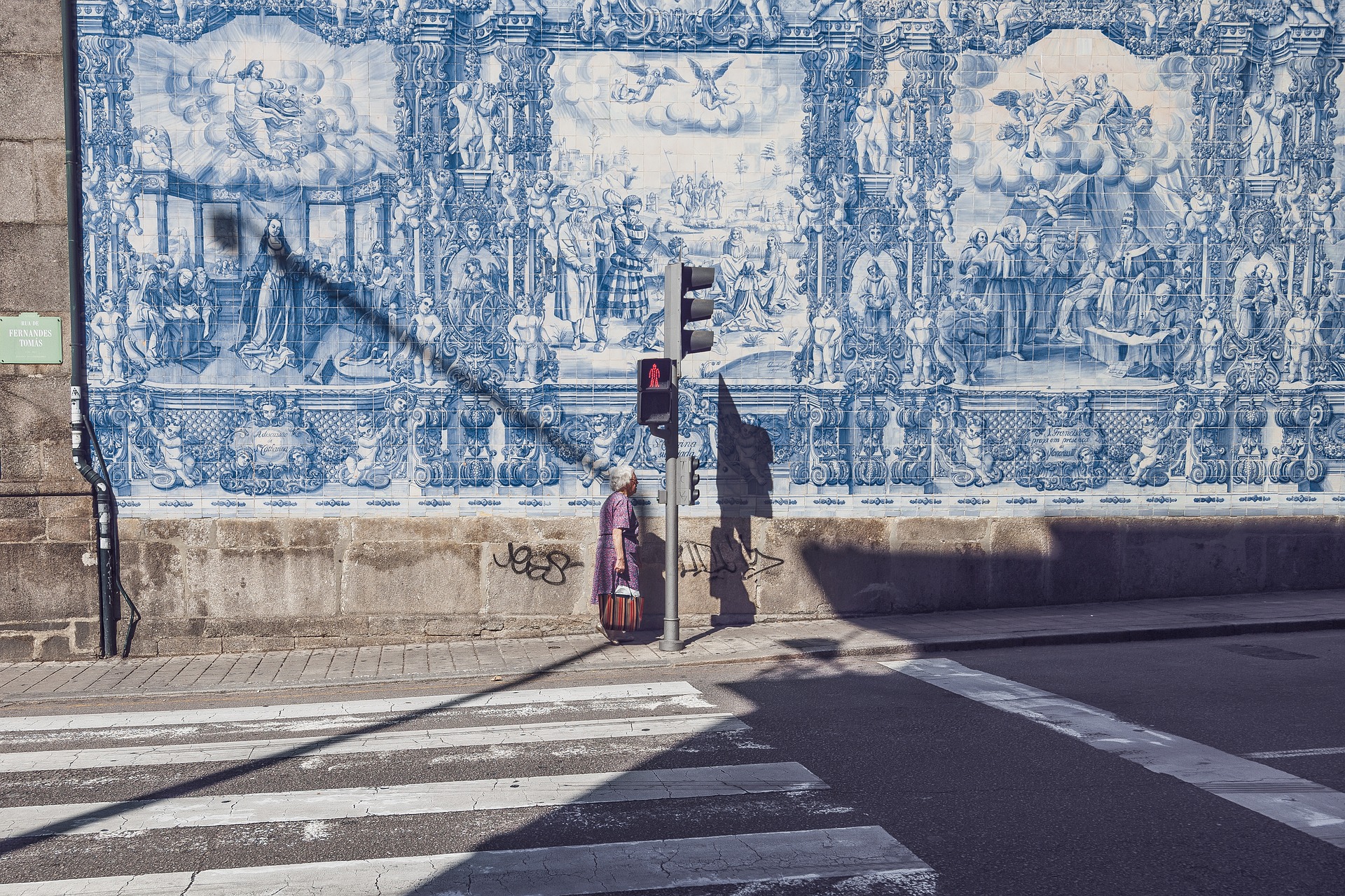
Using semi-industrial or industrial techniques, allowing a faster and more rigorous production, the façades with pattern tiles and frames bordering doors and windows were now typical features in the colour and light variations of the urban identity in Portugal.
When visiting monuments and other historical buildings in Portugal, make sure you take a proper look at the azulejos. They will tell you the story about the building and the times when it was built. It is decorative but it is also a narrative. It is a fun and interesting way to get to know more about Portugal and its cities.

And if you are in Lisbon, you mustn’t miss a visit to the Museu Nacional do Azulejo. It is a great display of the Portuguese azulejo. You can see great pieces of art and learn more about the different styles and how they are made. You can also visit Sao Vincente de Fora monastery in the Alfama which has a particularly rich azulejo mural collection.
If you would like to buy azulejo tiles there are plenty of shops selling them, especially in Oporto and Lisbon but can also be found all over the country. Most shops sell both factory-made varieties as well as commissioned, sometimes hand-made azulejo. Certain shops also carry ancient tiles, ranging from 15th-century geometric Moorish pieces to 20th-century azulejos, with both individual tiles and murals in various sizes.
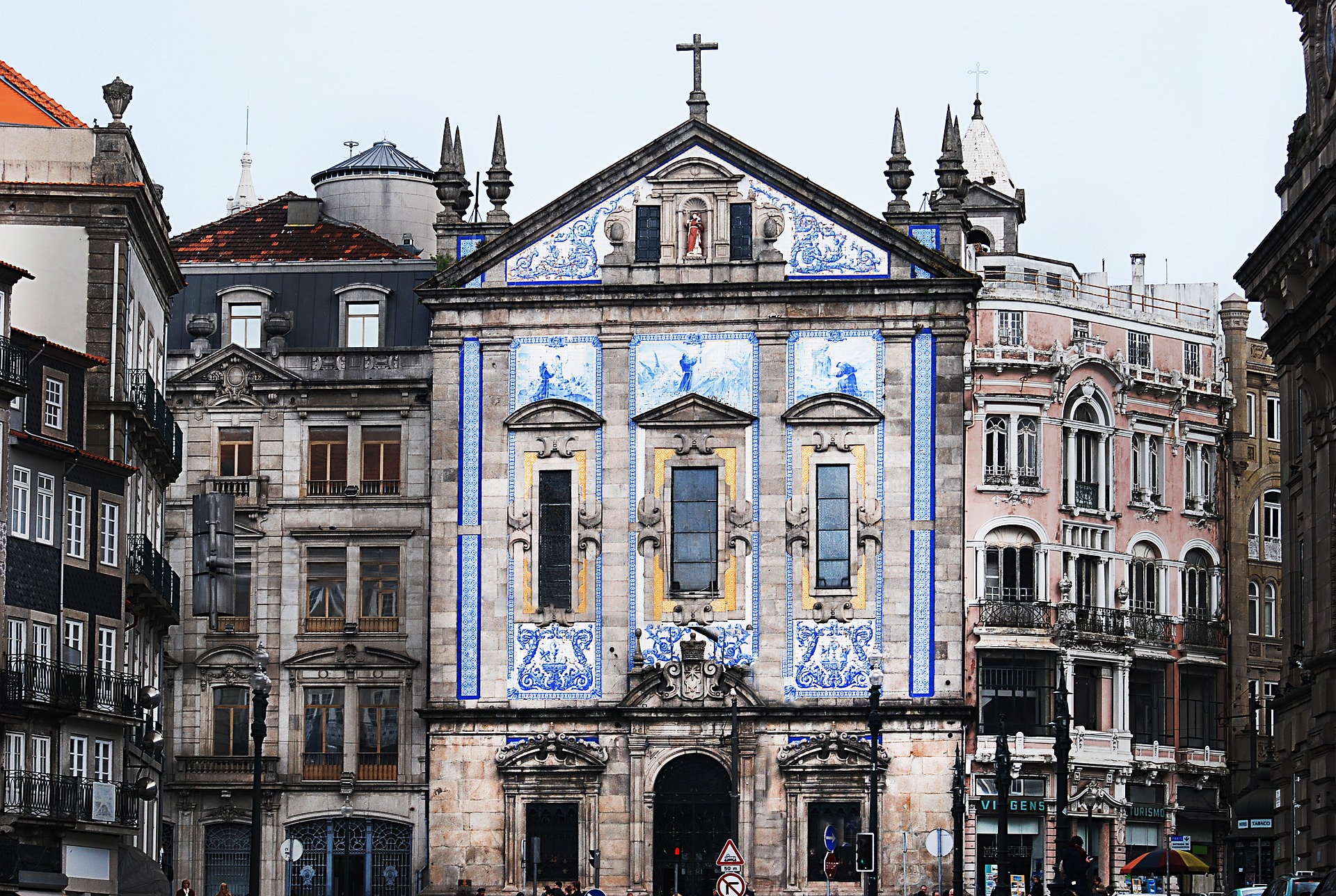
What would you put on your wall?







